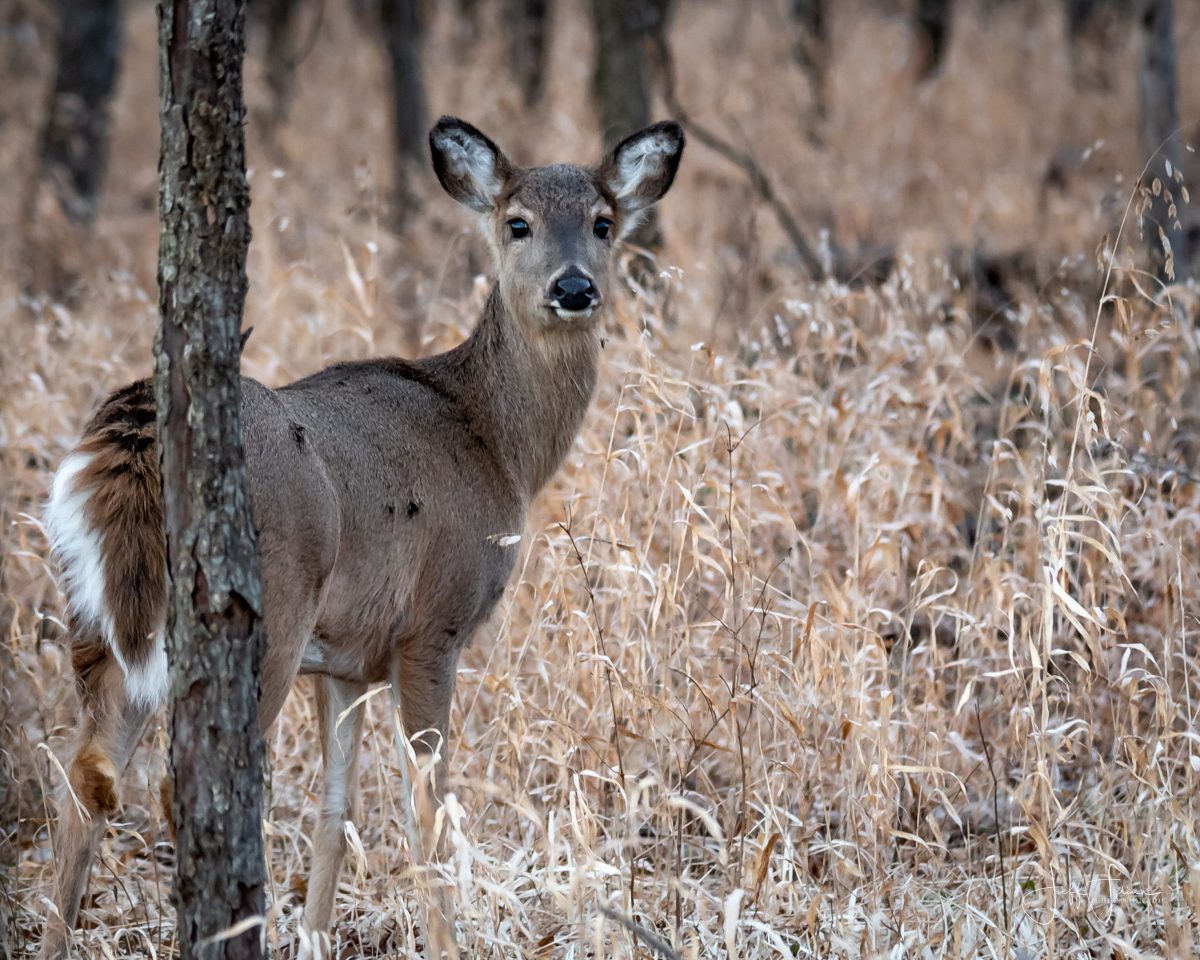Occasionally — in exchange for a small rectangle of plastic — I accept food through a small sliding-glass window from a stranger. This transaction, typically occurring with my foot on the brake pedal, always strikes me as more than a little strange.
Unnatural even.
Although I’m hesitant to use that exact word — “unnatural” — because of my weakness for such thoughtless fare, the method of procuring it would surely bewilder my ancestors. A ritual so vital to our survival, the process of obtaining and eating food just seems like it should go a little different.
Food is a process, a web of relationships, not an individual ingredient or commodity.
There is no denying the pride I feel when complimented on a meal I’ve cooked for others. And when venison — from my harvest last November — is on the list of ingredients, that pride leaves me grinning like a fool. Providing sustenance to friends and family is an uncomplicated pleasure, and the delight it provides is a testament to our connection with food.
This connection has clearly become more relevant as of late as exemplified in contemporary foodie phrases like “clean eating,” “farm to table,” and “hyper-local ingredients.” The notion that we ought to have some understanding of what we eat and where it came from has gone mainstream.
“In the rush to industrialize farming, we’ve lost the understanding, implicit since the beginning of agriculture, that food is a process, a web of relationships, not an individual ingredient or commodity,” says Dan Barber, the chef and co-owner of Blue Hill Farm, in his book The Third Plate: Field Notes on the Future of Food.
This thinking — perhaps a reaction to our ongoing detachment from food served up in grease-stained paper bags — is leading Americans to question the origins of their dinner.
For some curious minds, this thinking might lead them into the woods in search of those origins — specifically, through the Quality Deer Management Association’s (QDMA) Field to Fork program.
QDMA first introduced the program via a booth at a farmers market in Athens, Ga. Representatives offered samples of venison sausage, sliced backstrap with chimichurri sauce and venison jerky, accompanied by a handout titled “Why Should You Hunt Deer?”
The pursuit of a wild beast in their arena is no easy task, a fact many non-hunters simply cannot understand.
“The reception was overwhelming. Everyone was curious; most tried venison, and quite a few signed up to go hunting with us. In a matter of six hours, we reached program capacity with a substantial waiting list,” wrote Charles Evans in an article on QDMA’s website titled “‘Field to Fork’ Helps Locavores Become Hunters.”
QDMA representatives proceeded to educate those who signed up about hunting’s role in conservation, deer biology and hunter safety. Once the classroom work was completed, they were paired with hunting guides and hit the woods. Their curiosity and new-found commitment to understanding the origins of the food they eat led these new hunters from a farmers market to the Georgian wilderness.
The pursuit of a wild beast in its arena is no easy task, a fact many non-hunters simply cannot understand. When practice, patience and knowledge meet as I stare through my peep and pin, gaze resting just behind an animal’s shoulder blade, my connection to my protein is clear — much clearer than a cellophane-wrapped package under the fluorescent lights of the local grocer.





